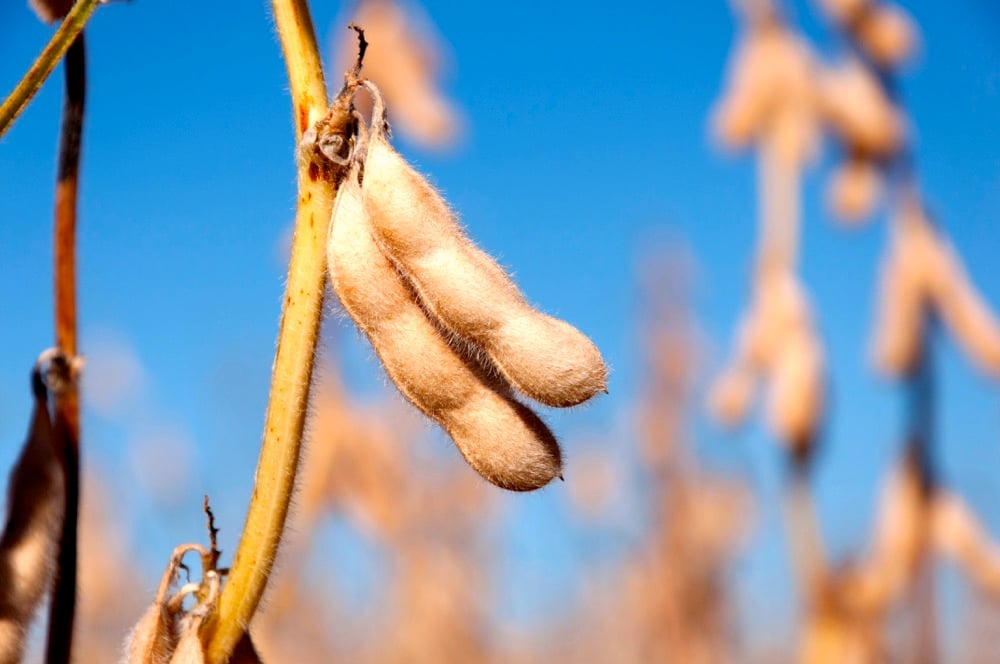Aster yellows rare but potentially costly Manitoba Ag Days speaker says

While it’s not as prevalent as the flea beetle, in a bad year, the aster leafhopper can cause significant yield losses for canola growers. But the yield is not by feeding damage but by spreading the bacterial disease aster yellows.
“Aster yellows is a disease that makes yellow things green,” said Tyler Wist, research scientist, field crop entomology with Agriculture and Agrifood Canada’s Saskatoon branch at Manitoba Ag Days 2025 in Brandon.
The disease is not specific to canola. It can infect many grasses and broadleaf plants. But in canola, it can have a devastating effect on pod development. Instead of the standard canola pod, the pods are like large green bladders.
Read Also


Argentina crops threatened by ongoing drought despite recent rainfall
Recent rains in Argentina’s agricultural heartland have not alleviated concerns that ongoing drought could further hurt crop yields, the Rosario grains exchange said in a report released on Monday.
“If we cut them open, all the seeds have turned into tiny little leaf-like things,” said Wist, who added that it could mean complete yield loss in that plant if it was infected early enough.
Most years, the incidence rate is less than 0.1 per cent incidence, but in 2012, there was a serious outbreak of aster yellows on the Canadian Prairies. That infestation saw incidences of between five and 64 per cent in fields and caused an estimated $400 million in canola losses.
“That’s the one everyone remembers,” said Wist, but he added that 2023 saw incidences as high as 36 per cent.
Interestingly, there is a correlation between drought in the areas where they breed (in the Great Plains around Nebraska and South Dakota) and the level of infection we get up here in Canada.
Wist explained that what is happening is, if the leafhopper is feeding on wheat or barley down south, there won’t typically be a bad outbreak up here. But if there is a drought in that area, the bugs will feed on weeds where they pick up the bacterial infection and then float on the winds to infect crops in the Canadian Prairies.
For more news, previews and videos, see our Manitoba Ag Days 2025 landing page.
Source: Farmtario.com

